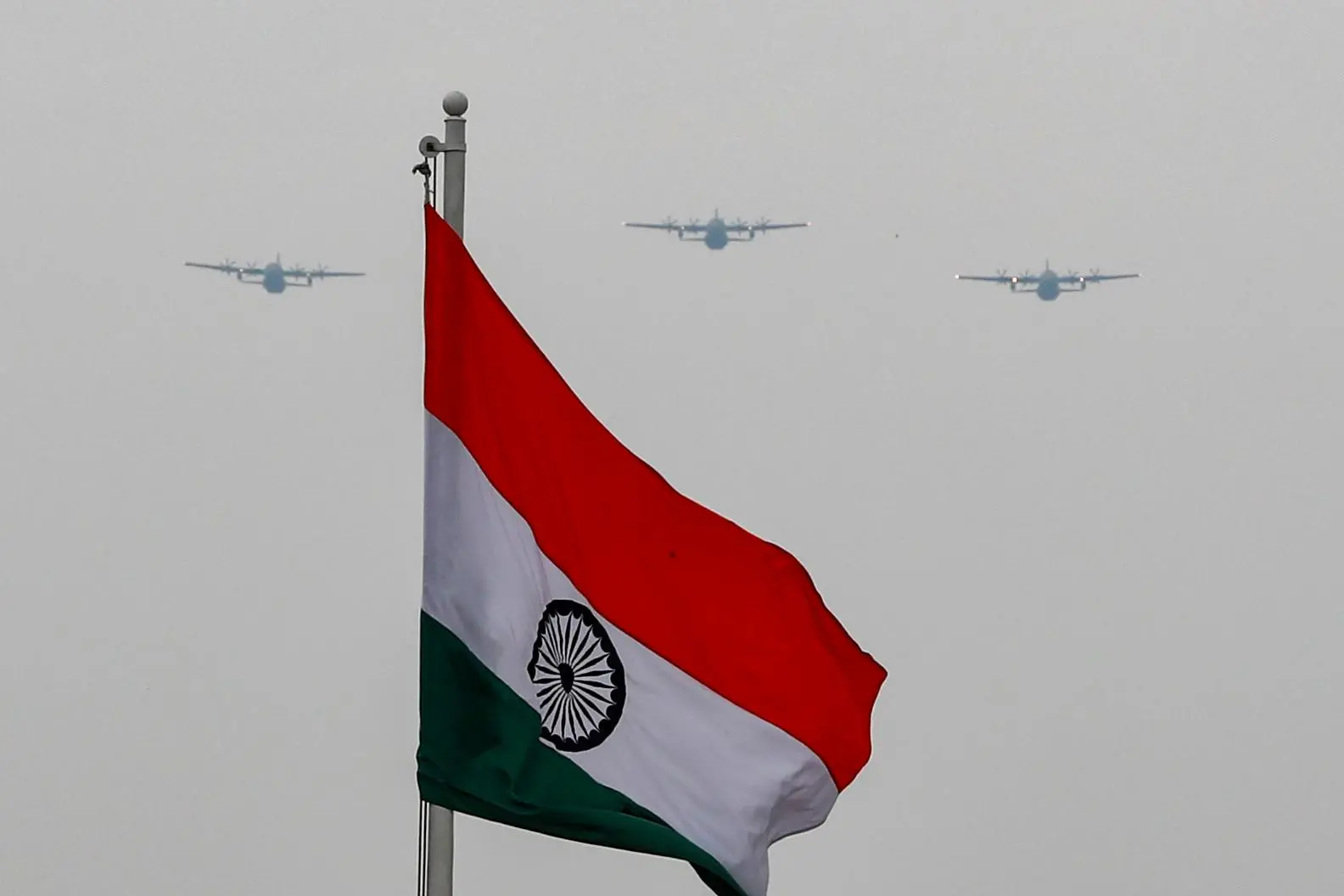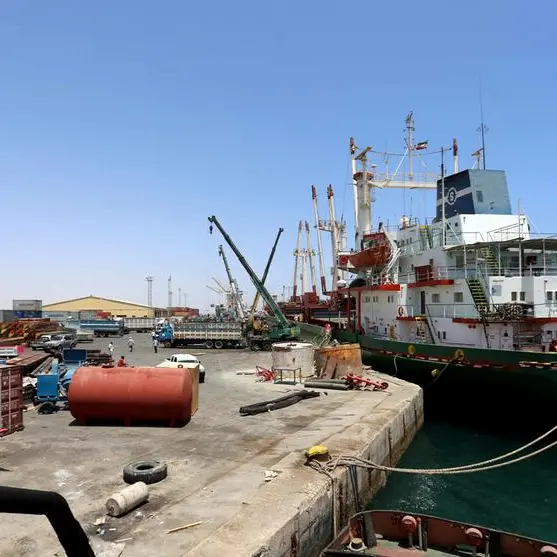PHOTO
(The author is a Reuters Breakingviews columnist. The opinions expressed are her own.)
MUMBAI - New Delhi’s digital diplomacy is making inroads. When India rolled out its online payments infrastructure to power real-time money transfers six years ago, it unwittingly laid the foundation for a technology-driven Belt and Road initiative. It gives Prime Minister Narendra Modi a more cost-efficient answer to China’s multi-trillion-dollar splurge on ports and pipelines in the intensifying battle for regional influence.
Modi is eager to export the system and other parts of India’s growing stack of digital public goods. Against that aim, plans announced last week for an entity backed by Nepal’s central bank to deploy India’s payments model is a significant development for the Himalayan nation sandwiched between two jostling giants. The rollout will happen in partnership with the international unit of the National Payments Corporation of India, an initiative from the Reserve Bank of India.
It sets up Nepal to replicate the success of its southernly neighbour’s booming digital economy, considered by venture capitalists as one of the world’s most sophisticated markets for financial technology. India’s interoperable “Unified Payments Interface” is an open set of specifications that speeds up the movement of cash, reduces the scope for dodging the taxman and makes it easier for startups to thrive. UPI underpins numerous money-sending applications. Among the biggest are Alphabet’s G-Pay, Walmart’s PhonePe and One97 Communications’ Paytm. It is a leading payment option on everything from e-commerce to airline websites.
The system democratises payments by allowing labourers, young professionals, small shopkeepers and large merchants to transfer money through their smartphones at zero-cost to each other’s bank accounts in real-time. It uses a QR-code, an email-styled address or a phone number. UPI handled some 39 billion transactions amounting to $940 billion in 2021, equal to nearly a third of India’s GDP. The disarmingly simple design reduces the appeal of credit card companies MasterCard and Visa. And in India’s payments paradise there’s no duopoly as in China, where Ant and Tencent dominate.
Nepal’s embrace adds to a growing list of endorsements. Encouraged by India’s rapid digital development, Google wrote to the U.S. Federal Reserve in 2019 recommending an open system “akin to UPI” for the central bank’s planned interbank real-time gross settlement service. Last year, another important and strategically placed Indian neighbour, Bhutan, opted to deploy UPI-specification QR codes, a potential precursor to its deeper adoption of India’s protocol. India also has a partnership with Singapore to accept UPI QR-based payments.
LUCRATIVE GROUND
Closing a soft infrastructure gap marks a stark contrast to China President Xi Jinping’s attempt to plug the hard infrastructure deficit stretching from Pakistan to Sri Lanka. His Belt and Road programme formally started in 2013. At its best, constructing transport corridors is a good way to make friends because such projects provide countries with highly desired funding, jobs, taxes and technical expertise. When it goes wrong, however, Beijing’s readiness to extend hefty loans on opaque terms can look like debt-trap diplomacy, even if it isn’t intended to be. On the other hand, India’s direct financial gain from sharing its technology will likely be limited to nominal fees.
Mirroring India’s success will have its own challenges, however. Governments need to accept their own UPI-like systems as a public good and ideally have them overseen by a neutral umbrella organisation with the full backing of the country’s central bank. NPCI, the overarching group in India for UPI and other payment services, is a not-for-profit whose growing base of shareholders include domestic lenders, foreign peers, fintech firms and international technology goliaths. As a result, NPCI reflects the payments community in India. Countries can develop new products and services themselves atop the digital rails without depending on India.
India’s tech achievements also extend beyond its payments system. “UPI is part of a larger fintech revolution that is delivering the last mile of state services to the people, and which the private sector has been able to use well”, says Manjeet Kripalani, executive director of Gateway House, a foreign policy think tank based in Mumbai. Another catalyst for India’s startup economy is its biometric identity system. Aadhaar, which covers some 1.3 billion people, helped hundreds of millions of individuals access bank accounts. Getting data security right is important, too.
Further out, there could be mutually beneficial returns for India and those that follow its technology lead. Global adoption of a UPI QR standard would support a long overdue revolution in driving down cross-border remittance fees. India has a strong incentive: It’s the world’s largest recipient of such inflows, receiving $87 billion in 2021, according to estimates from the Global Knowledge Partnership on Migration and Development, or KNOMAD. For countries like Nepal, for whom India is its top trade partner, overall remittance inflows are small in volume but amount to nearly 25% of GDP.
The costs for sending money across borders around the world is painfully high, averaging nearly 6.3% or nearly $13 for every $200 transferred, the typical remittance transaction size, per World Bank estimates. The percentage fee is less for higher amounts. UPI could drive the cost down closer to the pure foreign exchange margin, which ranges from 1.4% to 3%. Sending funds through digital services is already cheaper than using banks and money transfer operators. As China grapples with the economic and diplomatic constraints of its overseas public works projects, India’s digital nuts and bolts are building useful bridges.
CONTEXT NEWS
- Nepal is adopting India’s interoperable real-time digital payments model, payment groups in both countries said in a joint statement on Feb. 17.
- The move makes Nepal the first country outside India to fully embrace the “Unified Payments Interface”, the statement said. National Payments Corporation of India is partnering with an entity licenced by the central bank of Nepal for the initiative. In July, Bhutan became the first country to adopt UPI standards for its QR-code rollout.
- UPI is an instant real-time payments system, allowing users to transfer money across multiple banks without disclosing bank account details. UPI handled digital payments worth $940 billion in 2021, equivalent to roughly 31% of India’s GDP.
(The author is a Reuters Breakingviews columnist. The opinions expressed are her own.)
(Editing by Jeffrey Goldfarb and Katrina Hamlin) ((For previous columns by the author, Reuters customers can click on GALANI/ SIGN UP FOR BREAKINGVIEWS EMAIL ALERTS https://bit.ly/BVsubscribe | una.galani@thomsonreuters.com; Reuters Messaging: una.galani.thomsonreuters.com@reuters.net))





















